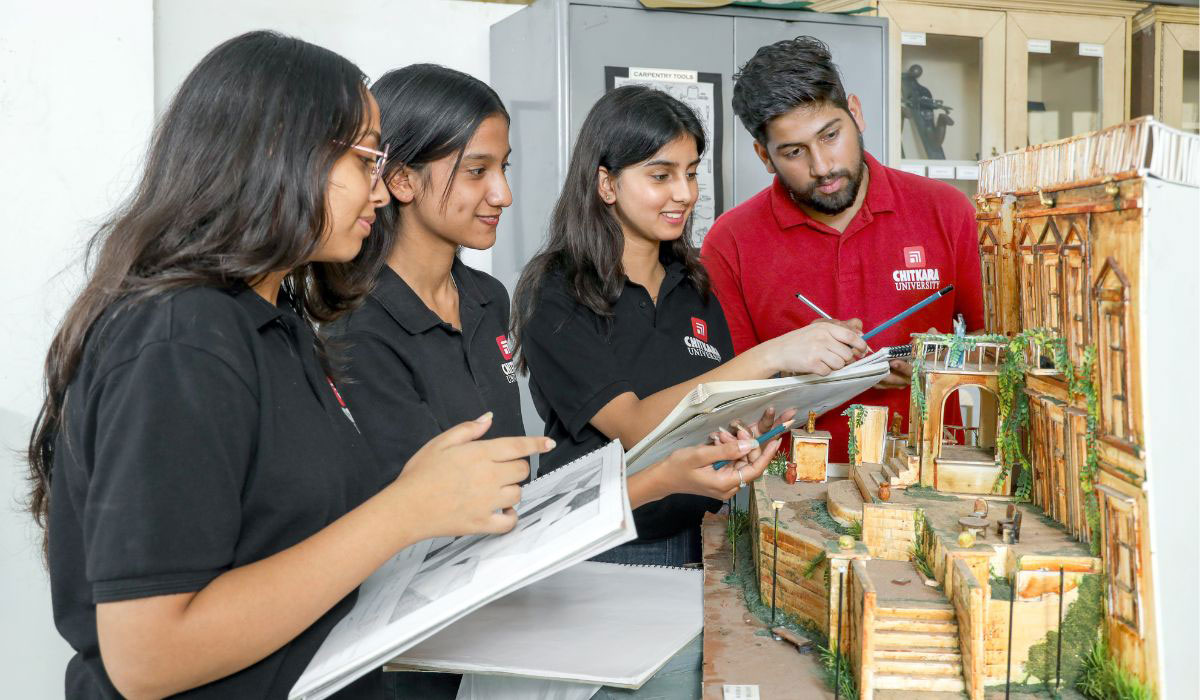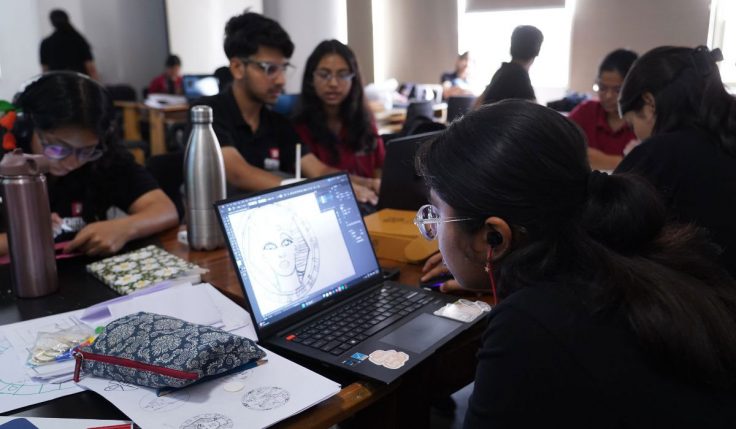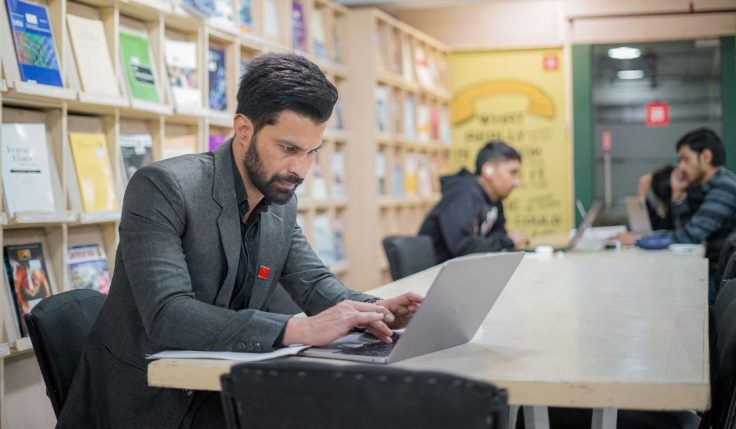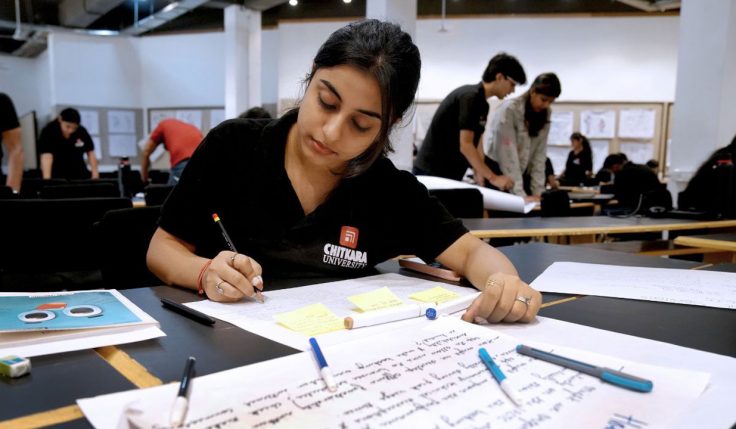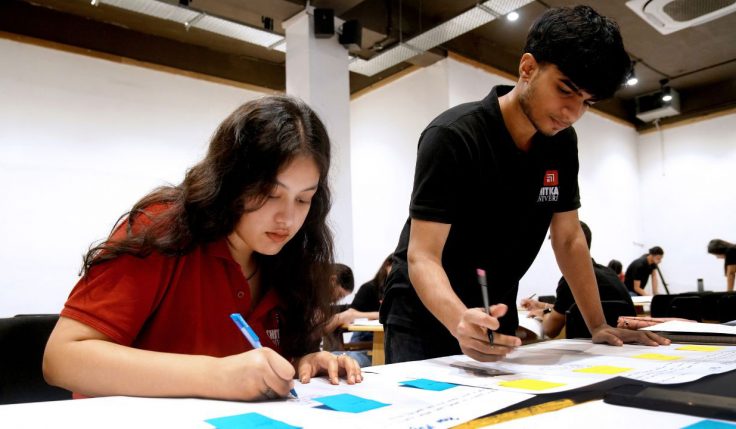In the dynamic world of modern architecture, home design, and urban planning, innovation is the driving force that can shape and build the environment. As societal needs continue to evolve and environmental challenges grow in nature, creative solutions are imperative to ensure a sustainable, functional, and aesthetically pleasing space.
In this blog, we will explore some of the new cutting-edge approaches for transforming these fields while focusing on the importance of adaptability, sustainability, and technological integration.
1. Sustainable Architecture
Sustainability is not a buzzword anymore. It is a fundamental principle required for guiding modern architecture. Innovative approaches to sustainable architecture include the use of green building materials, energy-efficient designs, and the incorporation of renewable energy sources.
For example, the architects are using recycled and locally sourced materials to reduce the environmental impact. The integration of solar panels, wind turbines, and geothermal systems in the buildings does not just reduce the carbon footprint but it also reduces the long-term operational costs.
The concept of passive design is also gaining attraction because the strategic placement of buildings and using natural elements such as wind, sunlight, and vegetation can reduce the need for artificial heating, cooling, and lighting. The green roofs and living walls are also perfect examples of providing insulation reducing the urban heat island effect and enhancing biodiversity.
2. Smart Cities and Urban Planning
Urban planning is also undergoing a revolution with the advent of smart city technologies. Smart cities use data, sensors, and IoT to optimize the urban infrastructure and improve the quality of life of residents. The new technologies facilitate efficient resource management, reduce traffic congestion, and also improve public safety.
An innovative approach in urban planning is the use of digital twins which are virtual replicas of physical spaces. The digital twins enable urban planners to simulate and analyse various scenarios making it possible to predict the impact of changes in real time. This technology also aids in designing resilient cities that can withstand environmental challenges including climate change and natural disasters.
3. Biophilic Design
Biophilic design is an innovative approach that includes natural elements into the built environment fostering a connection between people and nature. This design philosophy recognizes the innate human affinity for nature and its positive impact on well-being.
When it comes to practice, biophilic design can also include the integration of natural light, indoor plants, water features, and natural materials such as wood and stone. Architects and designers are also creating spaces that offer a clear view of nature within and outside the buildings. These views enhance the aesthetic appeal but also promote mental health and productivity.
For example, office buildings with green spaces and hospitals with healing gardens are becoming common as they demonstrate the benefits of biophilic designs.
4. Adaptive Reuse
Adaptive reuse involves repurposing existing buildings for new functions, thereby preserving historical and cultural heritage while meeting contemporary needs. This approach is particularly relevant in urban areas with limited space and a rich architectural history.
By recreating the old structures, adaptive reuse can reduce the need for new construction, conserve resources, and maintain the cultural fabric of communities. Common examples of adaptive resumes include transforming old factories into modern loft apartments, converting warehouses into new office spaces, and repurposing churches into community centers.
5. Modular and Prefabricated Construction
Modular and prefabricated construction methods are changing the home design industry. These new approaches involve manufacturing the building components off-site in controlled environments and then assembling them on-site as well.
Prefabricated construction also speeds up the construction process and ensures that higher quality is ensured. Modular homes offer flexibility in design and can be customized to meet specific needs. They are beneficial in remote or disaster-prone areas where the traditional construction methods can be challenging.
6. Parametric Design
The limits of architectural innovation are being pushed by parametric design and digital manufacturing. Algorithms are used in parametric design to create intricate forms and structures that were previously hard to imagine.
With this method, architects can investigate a vast array of design options, maximize building performance, and produce highly tailored solutions. Digital fabrication techniques such as 3D printing and CNC machining make it possible to precisely realize these intricate designs.
It enables quicker manufacturing times and the creation of complex building components with less waste. Innovative architectural shapes and sustainable construction methods are being made possible by this technology.
Study Bachelor of Architecture to Learn More About Urban Planning and Architecture
A five-year Bachelor of Architecture is an unparalleled program that educates students in disciplines of architecture while emphasizing the role of creativity in architectural design. It is a program that allows students to understand architecture design, and historical, social, and even environmental contexts that help in engaging with technology with architectural innovation.
The completion of a Bachelor of Architecture at Chitkara University can help in achieving success in the complex and rewarding field of architecture as it is vital to hone core skills such as critical thinking and also gain a deep understanding of human topics such as cultural diversity. This is a program that includes a mix of courses including history, design, and drawing around the principles of civil structures, construction, town planning, etc.
In the end, students get a chance to learn on the job by doing internships at reputed architectural and construction firms from around the globe. Hence, after the completion of five years, the students become trained in paying attention to both the theoretical and cultural aspects while also excelling in all the projects.
Summing It Up
It takes innovation in urban planning, architecture, and interior design to create environments that are visually beautiful, durable, and sustainable. These methods, which range from biophilic design and adaptive reuse to smart city technologies and sustainable building materials, are revolutionizing how we live and engage with our built environment.
Also, Read this post: The Intersection of Architecture and Urban Planning: Collaborative Approaches.
Embracing these innovative practices not only addresses current challenges but also paves the way for a more sustainable and harmonious future. Pursue a 5-year Bachelor of Architecture at Chitkara University to learn more about architecture, urban planning, and home design.
